Science tracks down the presence of elusive early humans.
In the Houston Museum of Natural Science’s display on human evolution, there is a backlit mural representing our family tree. It goes back to 55 million years ago, and takes us all the way up to today, showcasing modern humans and all of our living primate relatives.
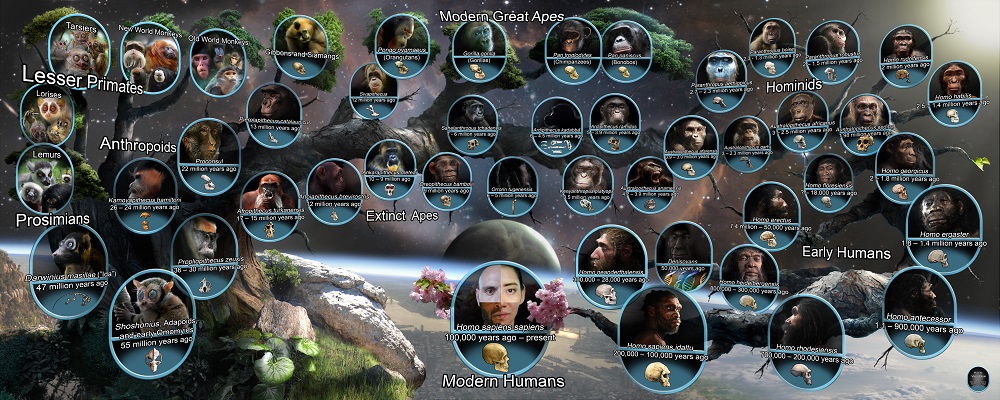
(Photo courtesy of the Houston Museum of Natural Science).
In order to put together artwork like this, one needs evidence to help render the images of all the life forms shown in this rendering. That evidence consists primarily of fossilized bones. Once we get close enough to us in the family tree (somewhere between 3 to 2 million years ago), we can add stone tools. There is one additional source that has been a tremendous help in connecting the dots on the family tree and that is DNA.
This is where the story starts.
We begin around 55 million years ago at the base of the tree trunk in the lower left corner. Notice how, as you follow the tree, there are branches with leaves and branches without. Those with leaves represent existing distant relatives of ours, all members of the Primate Order. Those missing leaves refer to life forms that became extinct. As you follow the tree to the right and down again, notice how the timeline decreases, as we approach us, Homo sapiens sapiens, seen in the lower center of the image.
The species are depicted inside an oval, divided into two parts, and provided with a time range and scientific name. The oval is divided into two parts. The bottom portion shows the fossil remains that the artist’s reconstruction is based on. Most often we can rely on a skull, and that formed the basis for the facial reconstruction shown in the upper portion. Occasionally, we only have a thigh bone, and that results in the rendering of an upper leg, instead of a face. In the case of the Denisovans, we have very little material to go by, other than DNA, and that is reflected in the representation of strands of DNA combined with a hard to distinguish facial reconstruction, as we really do not know what they looked like. Here are closeups of those images.
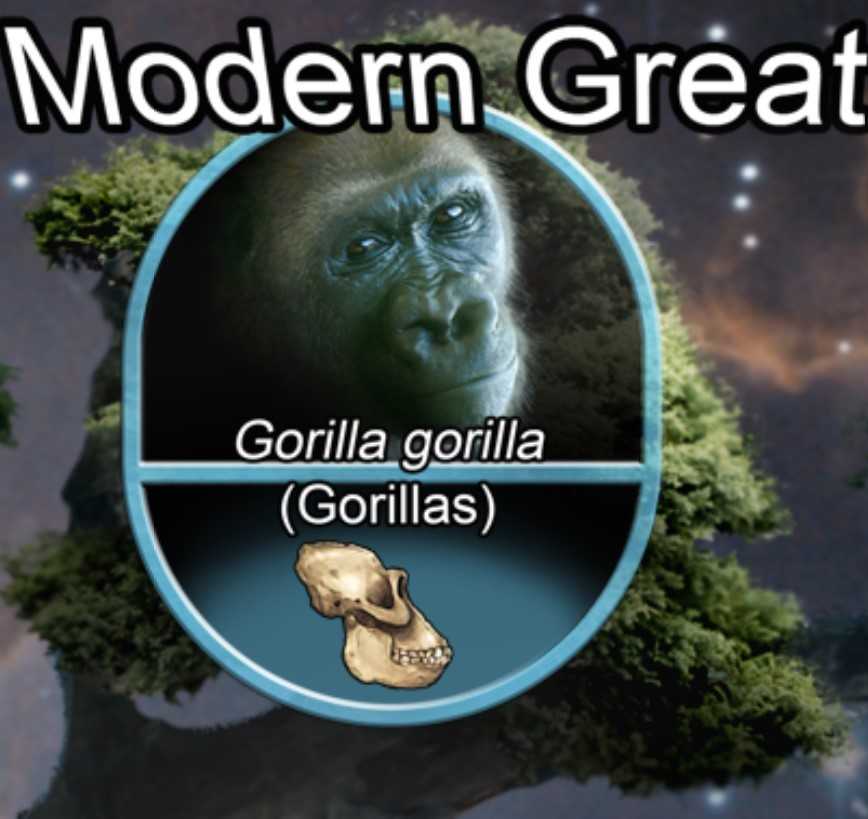
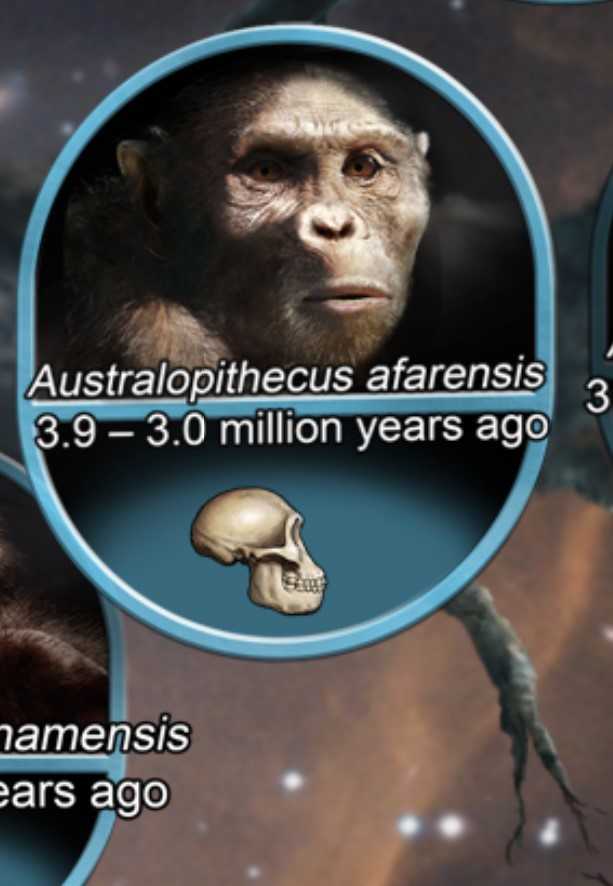
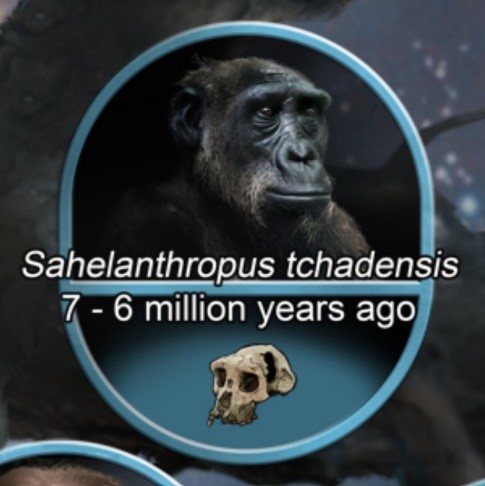
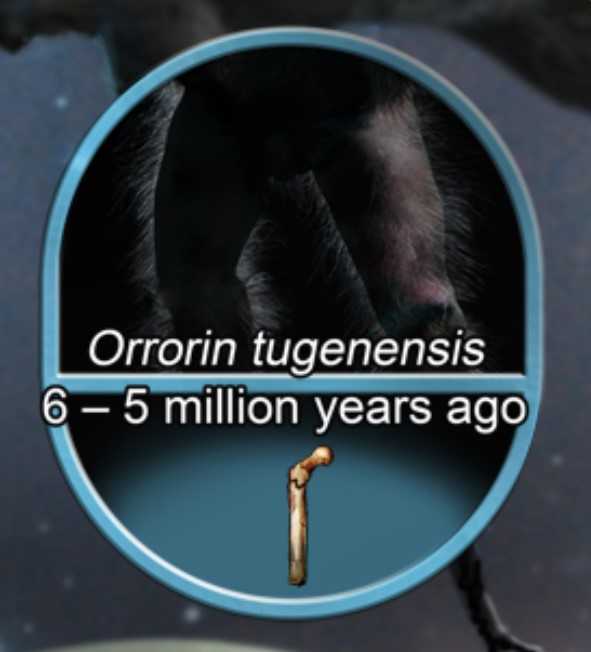
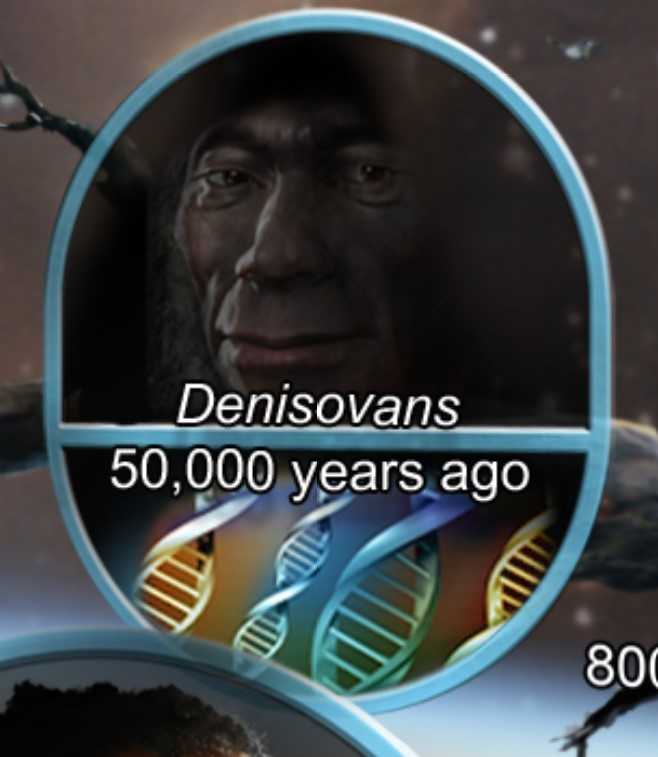

Excavations have unearthed early human remains for centuries. Stone tools have been studied for a very long time as well, at least two centuries. DNA, however, is a much more recent source of information. It has informed us of species we did not even knew existed. It also has allowed us to find human presence where bones and stones are missing. In some cases, ancient human DNA has been found in soil samples, in others in well-preserved coprolites, or poop.
In the writeup above you can see how the evidence of a species thus far given the moniker “Denisovans” is based on DNA extracted from a very small sample of physical remains. The DNA evidence was conclusive enough to help identify the “owners” of these remains as members of a species thus far unknown to us. (For more information on the Denisovans, see an earlier BeyondBones blog entry here.)
It gets better. In a 2017 study researchers announced that they were able to extract and identify human DNA in soil samples. No physical remains were associated with these traces of DNA. Ten years earlier, human DNA was extracted from well-preserved human poop in a cave system in Oregon.
As time goes by, and the research tools available to us become more powerful, we are truly able to track, and identify human ancestors lurking in the shadows. I wonder what the next discovery will be.

